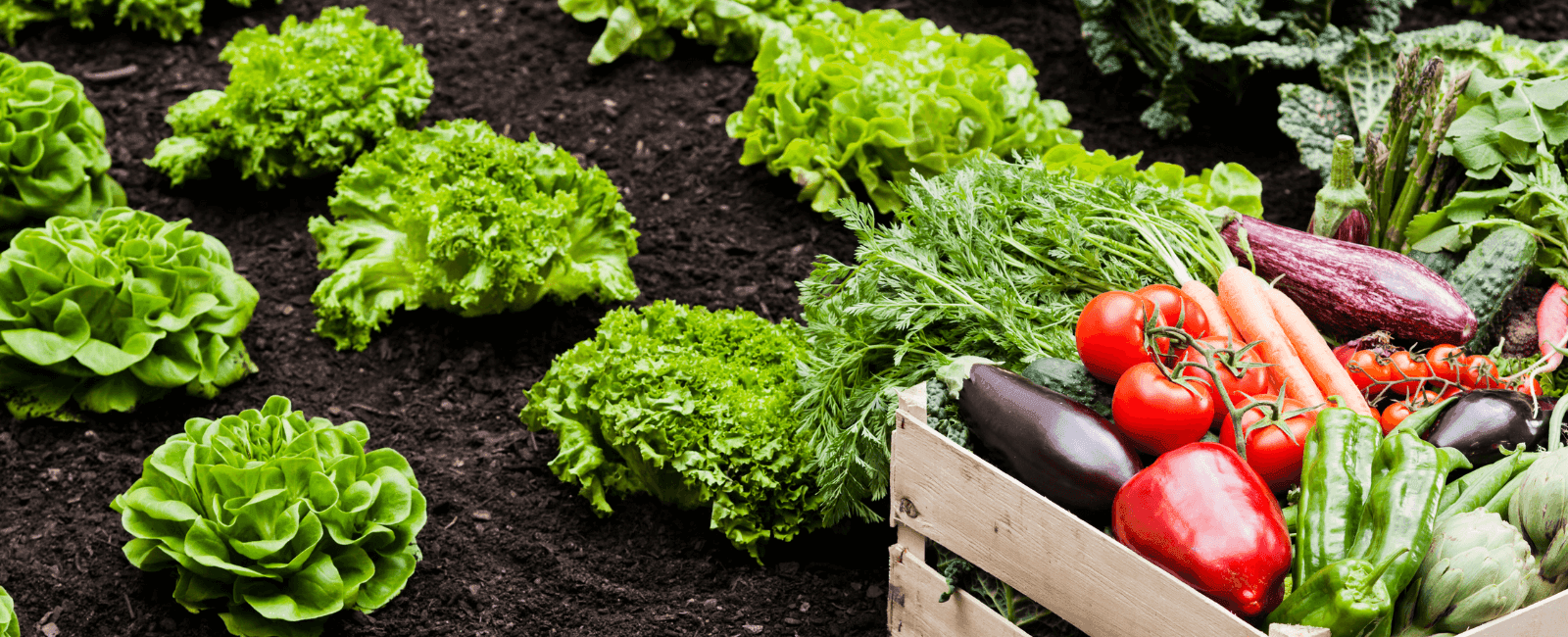

Escalating water scarcity and an increasing unpredictability of weather patterns due to climate change are threatening food security across the globe. In response to these changes, the agricultural sector has been urgently seeking out more innovative strategies to enhance crop resilience against droughts. This urgency has ushered in an era where biostimulants – substances that improve a plant’s ability to resist stresses without altering its genetic makeup – are becoming pivotal in sustainable agriculture. Among the biostimulants being explored, chitosan, a biopolymer derived from chitin, has gained attention for its potential to improve drought resilience in plants.
Typically, the commercially available chitosan used in drought tolerance studies is produced from crustaceans. However, recent research has shown that mushrooms offer a safer and more sustainable alternative for sourcing chitin and chitosan for agricultural use. This method presents a more environmentally friendly option to help counteract the adverse effects of drought stress on crop production.
What is chitosan?
Chitosan is a natural substance that comes from the hard outer shell of crustaceans, processing chitin, which is found in the hard outer shells of crustaceans, certain insects, and mushrooms. Think of it as a cousin to cellulose, which is what plant cell walls are made of. When chitin is chemically treated, it turns into chitosan, which is valuable for its ability to form cells and films that bind with various substances.
Multiple studies have found that chitosan can significantly improve water absorption capacity and reduce water usage without any adverse effects on biomass production and yield.
Yet, despite the effectiveness of this biostimulant, chitosan is traditionally sourced from shellfish, which raises concerns about sustainability and environmental impact, particularly due to overharvesting and potential allergic reactions. As a result, researchers are increasingly turning to alternative sources such as fungi, including mushrooms, which provide a more sustainable and allergen-free option for chitosan production.
A more sustainable form of agricultural biostimulants
Research indicates that mushroom-derived chitosan can be especially effective in enhancing the drought resistance of plants compared to crops that aren’t treated. This improvement may stem from several key factors. One notable finding is that plants treated with this form of chitosan exhibited increased root length and density, which is particularly advantageous during droughts since the roots are more capable of accessing water from deeper soil levels for better water uptake and utilization. Mushroom-derived chitosan was also shown to enhance the photosynthetic capacities of plants under drought stress. By boosting photosynthesis, chitosan helps plants produce more energy for growth and survival, even in conditions of limited water availability.
Additionally, when plants are stressed, they produce harmful molecules called reactive oxygen species (ROS), which can damage their cells and impair function. Chitosan helps neutralize ROS by enhancing the natural antioxidant defenses of plants, thereby neutralizing their harmful oxygen derivatives allowing plants to continue their growth despite the stressful environment (1).
Future research and applications
To fully understand the potential of mushroom-derived chitosan as an alternative to other chitosan sources, more research is needed to confirm its effectiveness across various types of crops in field conditions. Given chitosan’s demonstrated effectiveness in enhancing drought resilience and other stress-related responses in plants, this research could lead to significant advancements in how crops are managed under environmental stresses. By continuing to explore and optimize its use, researchers and farmers alike can help ensure that agriculture remains productive and sustainable in the face of global challenges like climate change and water scarcity.
References
- Demehin, Olusoji, Maha Attjioui, Oscar Goñi, and Shane O’Connell. 2024. “Chitosan from Mushroom Improves Drought Stress Tolerance in Tomatoes.” Plants 13 (7): 1038. https://doi.org/10.3390/plants13071038.


